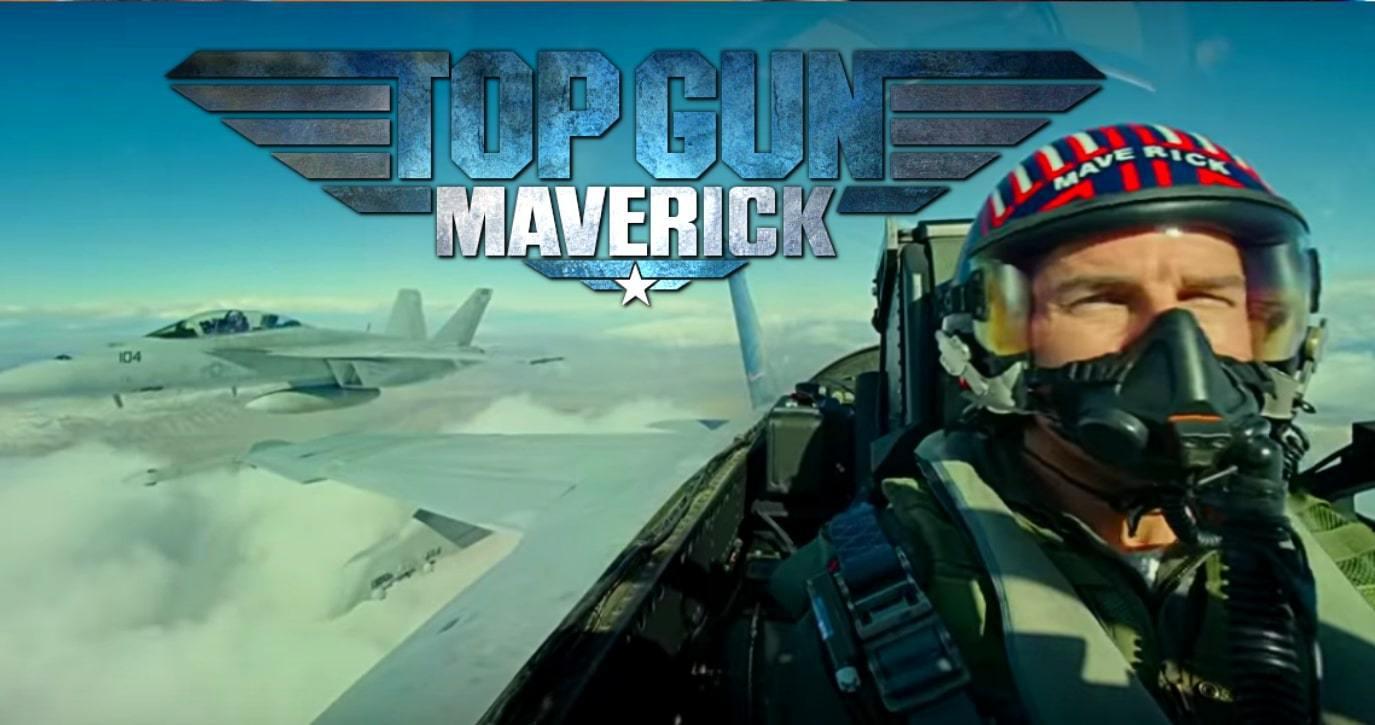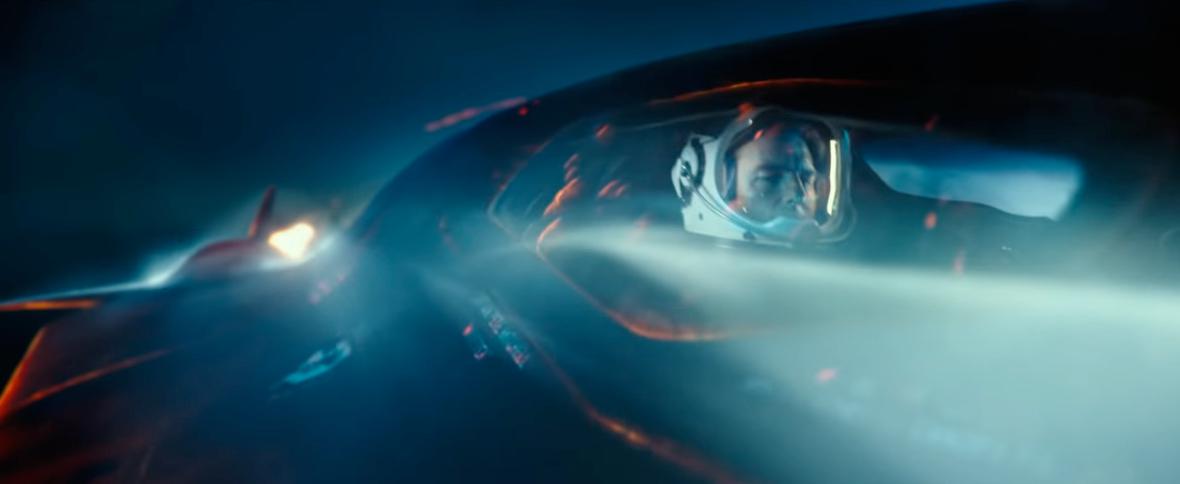Author Q&A – Chris Taylor
Since writing my book ‘Test Pilot’ I have been asked numerous questions about my test flying – I have listed just some of the questions I’ve been asked in recent days and the answers I’ve provided.
What can Top Gun Maverick teach us about being a Test Pilot? (Part Three)

Spoiler Alert: Pete Mitchell (aka Maverick) is now a ‘Test Pilot’.
For fun and light relief I thought I would apply my experience as a test pilot to see what lessons fellow aviators can glean from the movie.

Point 3: Never Exceed the Required Parameter.
Maverick takes the aircraft as planned for a programmed flight test sortie which was meant to reach Mach 9. With the news that this might well be the last test flight, before the programme is axed, Maverick elects to try to push on to Mach 10. He discusses this with a colleague who gives emphatic and wise counsel that, under no circumstances, should Mach 10 be exceeded. However, having reached Mach 10, with apparently the aircraft behaving well, he elects to fly even faster. Up until this point his willingness to ‘press on’ in order to try and expedite the progress of the flight test programme, although insubordinate and foolhardy, could be sympathised with. The further decision to press on past the milestone achieved had minimal value but increasingly inherent risk. The aircraft had been designed to reach Mach 10 – nothing more. So what could be expected beyond Mach 10? What would be the symptoms of things going ‘pear shaped’? This is a crucial consideration in flight test. What will be the warning signs of something going wrong?
I have to hold my hand up and confess I am guilty of making this mistake – thankfully without the consequence of writing off a multi-billion dollar hypersonic jet. I’ve documented the event in my book ‘Test Pilot’ and include it here:

So off to do some spin testing. The word you will often hear used in flight test circles is ‘incremental’. The concept is religiously taught by the various test pilot schools and ignored at your peril. The idea is that each test is just very slightly more challenging for the aircraft than the previous one and if the previous test was safe and easy to fly then the next point will still be OK. Eventually the test pilot will start to encounter more and more difficult or challenging characteristics and, when no longer comfortable to proceed further, that usually defines an ‘end point’. However, whilst pilots have been fully versed in the incremental approach, aircraft haven’t.
With the Savannah, its stalling was very benign and the spins all began as expected with recovery being very easy to do and the aircraft behaving in a very gentlemanly fashion and doing exactly what was expected. So much so that having achieved the certification requirement of a one-turn spin in all configurations and centres of gravity, I elected to fly one last test point – a two-turn spin. That is – just like Maverick – I’d reached my Mach 10 test point. I’d already achieved all that I had set out to do and all that was required. But insanely – just like Maverick – I thought I could go a bit further and fly a two turn spin.
Mistake!!
I’ve lost count of the number of mistakes made in my aviation career to date. Most have been at worst embarrassing, rather than life threatening, but not so today. As I applied the controls in exactly the same way as previously to recover the aircraft, the aircraft decided to ‘spool up’ to the same rate of rotation as my spin-dryer – very fast; the nose of the aircraft dropped to the vertical and I began staring at a rotating version of the outskirts of Salisbury where my blurring view indicated things on the ground were getting bigger very quickly. As is always the case, things in my head dropped into the, by now, familiar ‘slow-motion movie view’ and I observed, somewhat remotely, that I had the controls applied correctly.
‘I had done everything right’ to quote Viper.
But still I went round and round very quickly. There is a school of thought that suggests that, in these situations, it’s better to put the controls back to where you started, and then try again. That is one view, but that also means the height you’ve already lost has added nothing to escaping your demise and you are now about to commence the same evolution again even closer to the ground. I adopted my pre-briefed and rehearsed response which was to be patient. Anyone who has ever met me will confirm that this is not how I’m wired. I can’t sit stationary in a traffic jam when racing an extra fifty miles down ‘RAC Rally quality’ narrow, muddy farm tracks might keep me moving forward. But I did pause … and I waited … and I waited … and I waited … and called on the Almighty to alert my Guardian Angel.
As suddenly as it all started … it stopped.
All I had to do now was recover my lightweight aeroplane from the vertical dive it was now in before it accelerated to a speed that would rip the wings off – easy peasy.
Phew! … Survived another.
I have learnt my lesson! I am now better prepared to abort the test point if anything untoward occurs. For me it sometimes comes down to the hairs on the back of my neck complaining! I’m sensitive to any change in vibration, and aerodynamic instability, any unexpected noise, any unexpected change to control responsiveness. And I always have a plan for how to recover from such test points which comes back to my first point about ‘if you think, you’re dead’. I always have a planned recovery action should something not feel right.
Sadly, not only did Maverick exceed the pre-briefed limit of Mach 10 but he had not thought through what warning signs or ‘knock it off criteria’ might be appropriate. It turns out in this case – he needed to think – and nearly ended up dead!

…………………………………………………………………………………………………

Test Pilot is available to order here.

